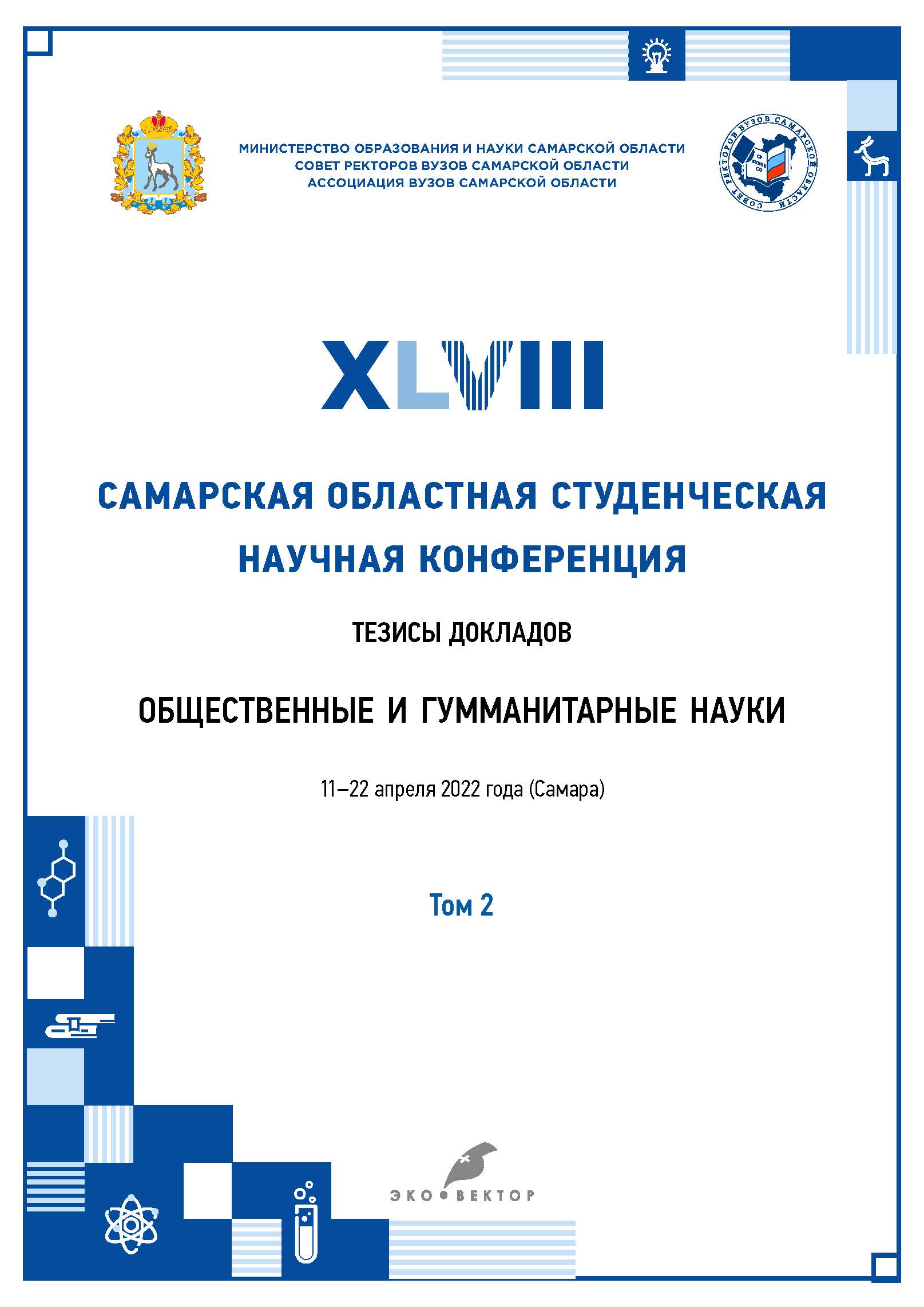The study of fiberglass and carbon fiber plastic failure rate
- 作者: 1, 1, 1
-
隶属关系:
- Samara National Research University named after S.P. Korolev
- 期: 卷 2 (2022)
- 页面: 202-202
- 栏目: Иностранный язык в области профессиональной коммуникации
- URL: https://journals.eco-vector.com/osnk-sr/article/view/107336
- ID: 107336
如何引用文章
全文:
详细
Background. Polymer composite materials (CM) are widely used in various industries, including aviation. The increase in the use of composites in the airframe design is largely due to their high strength characteristics. At the same time, the problem of repairing composite structures to extend the products life cycle during operation is acute.
Aim. In this paper the problem of maintainability of composite structures made of fabric glass and carbon fiber plastics is considered.
Methods. The conditions under which the restoration of the material is expedient are identified and described. The main types of damages of composite materials are given [1]. A comparison of various methods of repair of composite structures is given and the main criteria for choosing a repair method are investigated. Based on the studied types of repair of products made of CM [2, 3], the dependence of the deformation type and the most optimal method for restoring strength characteristics is established.
To establish the dependence of the deformation type, the nature of loading and the strength properties of fabric glass and carbon fiber plastics, tensile tests of damaged and undamaged samples are carried out. Based on the analysis of different variants of mutual arrangement of fibers of damaged and restoring parts, the most resistant to tensile loading is determined.
Results. In this paper a study of various modes of repair of composite materials samples after shock deformations is carried out. The creation of a patch on the surface of a sample from CM is considered. The paper compares the strength characteristics of the composite structure before and after damage, and also evaluates the effectiveness of the work carried out to restore the CM product.
Possible solutions to the most important technical problems of CM repair implementation are presented. The idea of the need to develop new repair methods of composite structures is substantiated.
Conclusions. Possible solutions to the most important technical problems of CM repair implementation are presented. The idea of the need to develop new repair methods of composite structures is substantiated.
全文:
Background. Polymer composite materials (CM) are widely used in various industries, including aviation. The increase in the use of composites in the airframe design is largely due to their high strength characteristics. At the same time, the problem of repairing composite structures to extend the products life cycle during operation is acute.
Aim. In this paper the problem of maintainability of composite structures made of fabric glass and carbon fiber plastics is considered.
Methods. The conditions under which the restoration of the material is expedient are identified and described. The main types of damages of composite materials are given [1]. A comparison of various methods of repair of composite structures is given and the main criteria for choosing a repair method are investigated. Based on the studied types of repair of products made of CM [2, 3], the dependence of the deformation type and the most optimal method for restoring strength characteristics is established.
To establish the dependence of the deformation type, the nature of loading and the strength properties of fabric glass and carbon fiber plastics, tensile tests of damaged and undamaged samples are carried out. Based on the analysis of different variants of mutual arrangement of fibers of damaged and restoring parts, the most resistant to tensile loading is determined.
Results. In this paper a study of various modes of repair of composite materials samples after shock deformations is carried out. The creation of a patch on the surface of a sample from CM is considered. The paper compares the strength characteristics of the composite structure before and after damage, and also evaluates the effectiveness of the work carried out to restore the CM product.
Possible solutions to the most important technical problems of CM repair implementation are presented. The idea of the need to develop new repair methods of composite structures is substantiated.
Conclusions. Possible solutions to the most important technical problems of CM repair implementation are presented. The idea of the need to develop new repair methods of composite structures is substantiated.
作者简介
Samara National Research University named after S.P. Korolev
编辑信件的主要联系方式.
Email: odintsov.m.al.01@gmail.com
student, group 3309-240507D, Institute of aeronautical and space-rocket engineering
俄罗斯联邦, SamaraSamara National Research University named after S.P. Korolev
Email: davidova.so@ssau.ru
an advisor, senior lecturer; senior lecturer of the department of foreign languages and Russian as a foreign language
俄罗斯联邦, SamaraSamara National Research University named after S.P. Korolev
Email: pavlova.sa@ssau.ru
an advisor, Doctor of Science; senior lecturer of the department of aircraft engineering
俄罗斯联邦, Samara参考
- Vasiliev V.V. Structural mechanics of composite materials. Moscow: Mashinostroenie, 1988. (In Russ.)
- Stinchcomb W.W., Ashbaugh N.E. Composite materials: Fatigue and fracture. West Conshohocken: ASTM International, 1993.
- Lubin G. Handbook of fiberglass and advanced plastics composites. Malabar: R.E. Krieger Publishing Company, 1975.
补充文件








